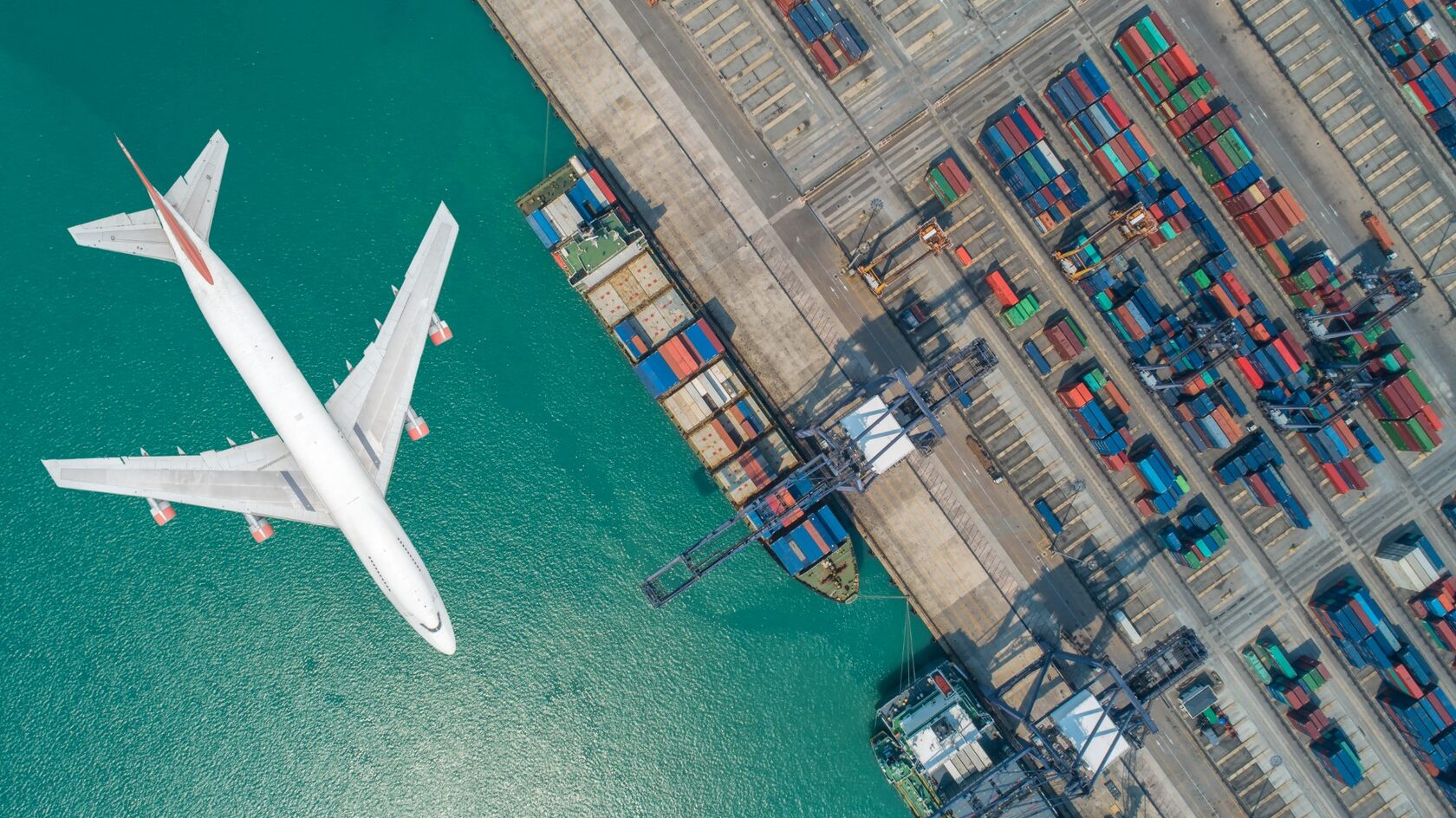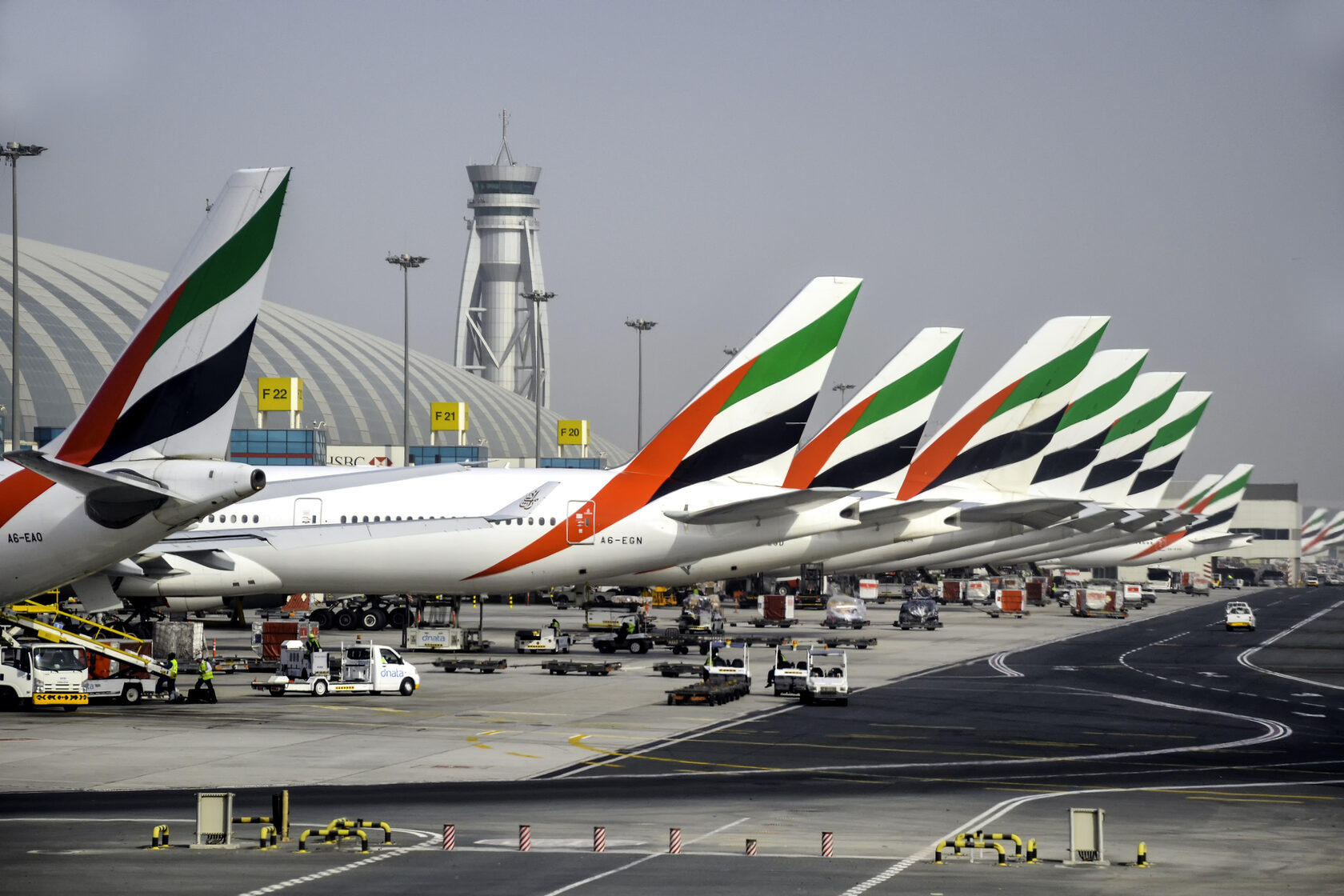
Air Freight: fast and reliable, but not without challenges
Air freight remains the fastest option for international logistics, ensuring rapid and secure delivery of time-sensitive goods.
Advantages
- Speed and Efficiency: Transit times are reduced to 3–5 days, making air freight critical for urgent shipments, especially for temperature-sensitive cargo like pharmaceuticals and electronics.
- Enhanced Security: With fewer handling points and robust packaging, air freight minimizes the risk of damage or loss.
UAE Air Freight infrastructure
The UAE boasts a world-class air logistics network, featuring four major international airports that serve as consolidation hubs:
- DXB (Dubai International Airport) and DWC (Al Maktoum International Airport), home to Emirates and Flydubai.
- AUH (Abu Dhabi International Airport), the base for Etihad Airways.
- SHJ (Sharjah International Airport), supporting Air Arabia.
The UAE’s participation in BRICS has further strengthened its trade ties with Russia, contributing to increased air cargo volumes. However, operational challenges persist:
- Carrier Restrictions: Some Middle Eastern carriers (e.g., Emirates, Etihad) have imposed restrictions on certain categories of goods for shipments to Russia, particularly high-risk items.
- Capacity Imbalance: This has shifted much of the import burden onto Russian carriers such as Aeroflot, Volga-Dnepr, and Aviacon, which have not implemented similar restrictions.
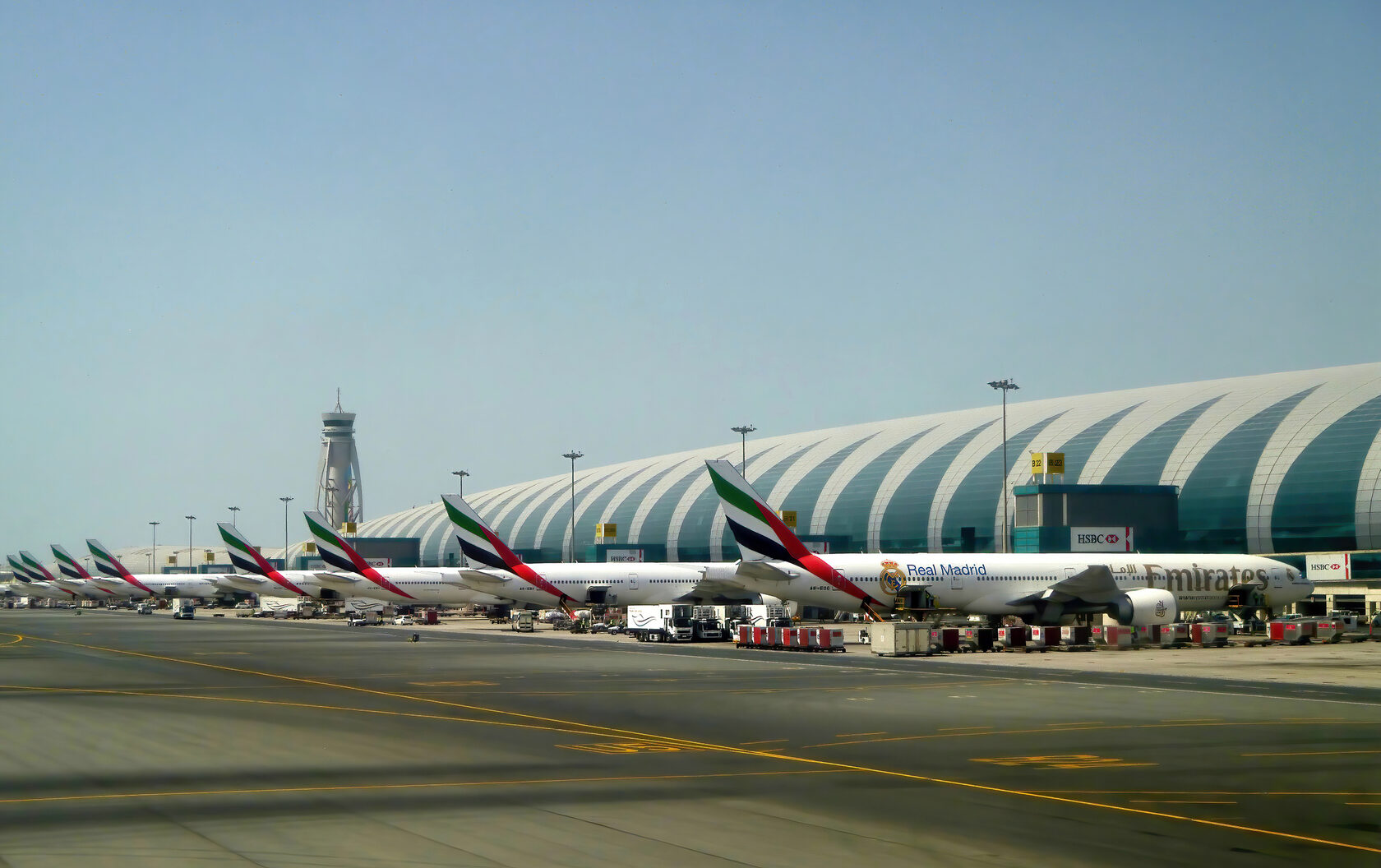
Freight Options
Wide-Body Passenger Aircraft:
Narrow-Body Passenger Aircraft:
Dedicated Cargo Aircraft:
- Daily direct flights: Aeroflot (SU), Emirates (EK), Etihad (EY).
- Daily transit flights: Turkish Airlines (TK), Qatar Airways (QR), Oman Air (WY).
Narrow-Body Passenger Aircraft:
- Gulf Air (GF), Flydubai (FZ), Siberia Airlines (S7), Air Arabia (G9), Mahan Air (W5), Pobeda (DP).
Dedicated Cargo Aircraft:
- Regular services from Russian carriers like Volga-Dnepr and Aviacon.
- Charter flights available on demand for high-volume or specialized cargo.
While the available capacity often exceeds demand, additional screening measures and airline restrictions on certain goods create imbalances in load distribution.
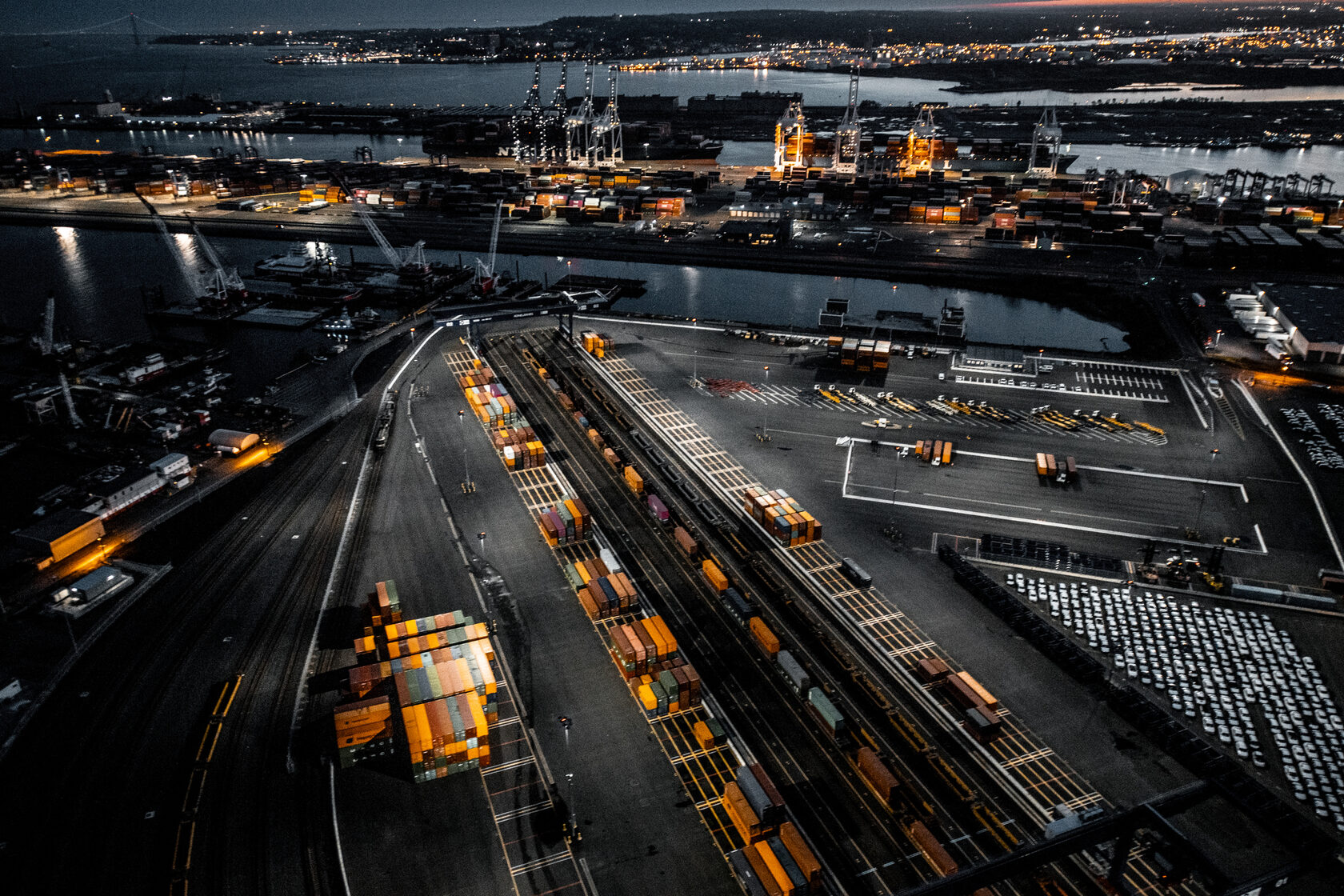
Sea Freight: Cost-effective but time-intensive
Sea freight is a preferred option for businesses looking to transport large volumes at a lower cost.
Advantages
- Cost Efficiency: Sea freight significantly reduces transportation costs, making it ideal for bulky and heavy cargo such as construction materials and industrial equipment.
- High Volume Capacity: Ships can carry much larger loads than aircraft, offering economies of scale for large shipments.
Challenges
- Extended Delivery Times: Transit times for sea freight can range from 22–45 days, depending on the route and transshipment points. Accurate planning is essential to meet delivery schedules.
- Port Congestion and Seasonal Delays: Delays in ports, especially during peak seasons or adverse weather conditions, can impact transit times.
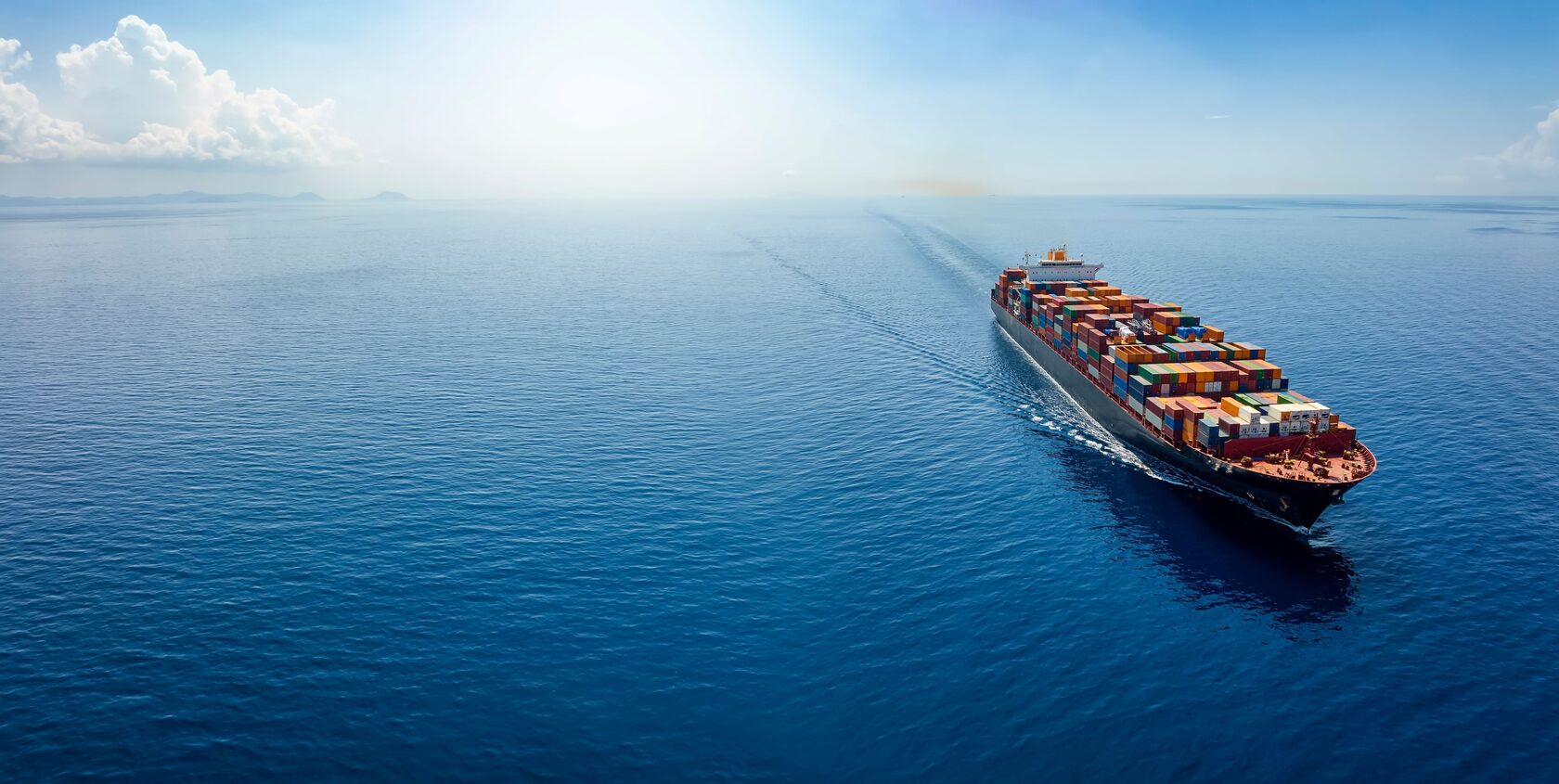
Key sea routes and schedules
Direct Routes:
Transshipment Options:
- Popular direct services from Jebel Ali to Novorossiysk take 22–24 days, while those to St. Petersburg require 28–32 days.
- Leading carriers like Modul, Silmar, and FESCO operate 1–2 sailings per month.
Transshipment Options:
- Routes via India, Egypt, or Turkey provide flexible scheduling but extend transit times to 30–45 days, depending on feeder schedules and port congestion.
- Notable carriers include HUB Shipping, C-Star, and E-Line, with frequent departures to intermediate ports.
Equipment and Container Availability
While container shortages are rare in Jebel Ali, a sudden increase in export volumes can create temporary deficits. Shipping lines adjust their inventory based on incoming cargo, which may cause delays in container allocation for new shipments.
Maritime trends and market dynamics
The UAE-Russia sea freight corridor is experiencing steady growth, driven by increasing trade volumes and the strategic location of the UAE as a transshipment hub.
Sea freight demand continues to grow on the India-UAE-Russia corridor, with Indian exports to Russia leveraging Jebel Ali as a key transit hub.
- New Routes: In response to rising demand, FESCO has launched a new Jebel Ali–Novorossiysk route, while other carriers are adding vessels and increasing capacity.
- Rising Rates: Freight rates in Q3 2023 rose by 50% compared to Q2, with further increases expected in Q4 due to pre-holiday demand.
Sea freight demand continues to grow on the India-UAE-Russia corridor, with Indian exports to Russia leveraging Jebel Ali as a key transit hub.
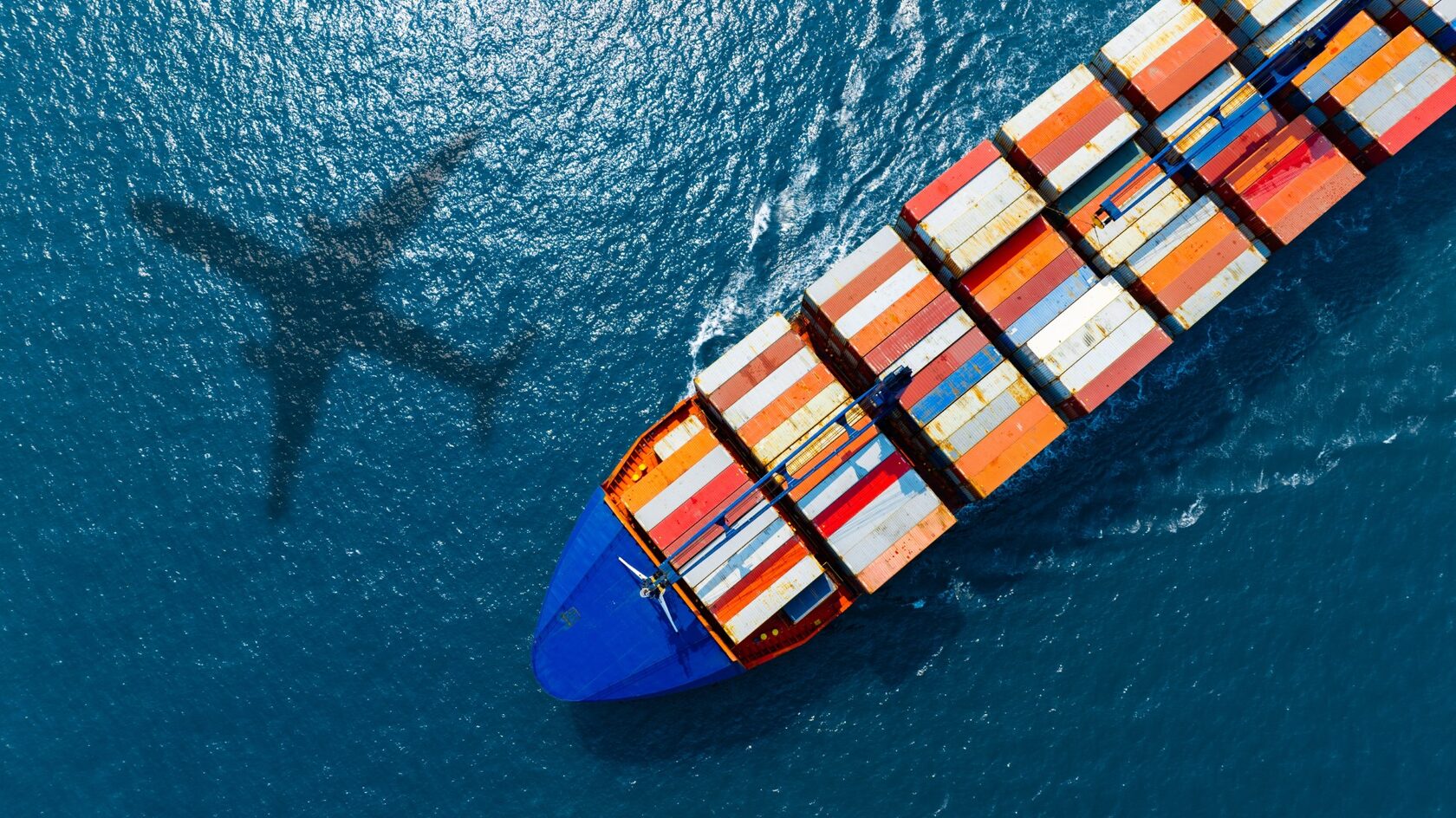
Navigating the complexities of international freight between Russia and the UAE requires a strategic logistics partner. Whether opting for the speed of air freight or the cost-efficiency of sea freight, WELLGO ensures reliable, tailored solutions that address each client’s unique needs. With our expertise, businesses can build resilient supply chains and confidently expand into the UAE market.
